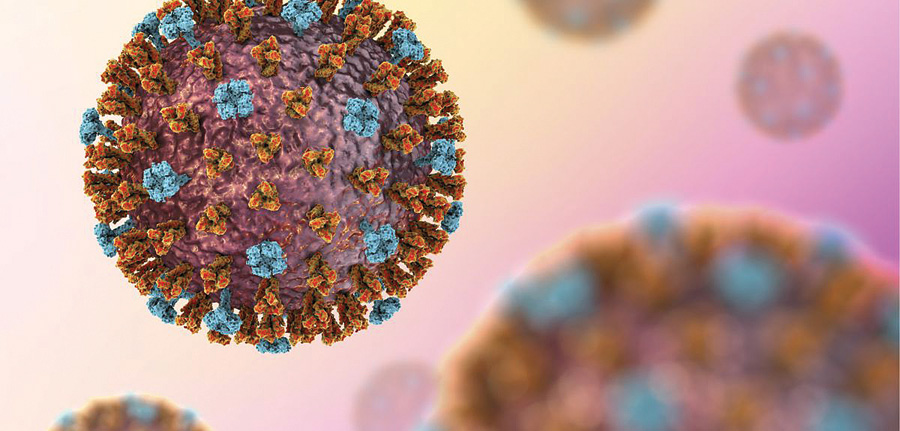Chinese investor funds UK flu trial


A Chinese venture capital company is injecting cash into a United Kingdom biotech company that is trialing a "universal" vaccine that promises to protect against all major types of flu.
Oxford-based Vaccitech hopes its new vaccine will put an end to the annual arms race between vaccine manufacturers and the viruses that cause influenza, or flu.
Flu kills up to 650,000 people every year, according to the World Health Organization. This winter, many parts of China and the rest of the world have experienced one of the worst flu epidemics for years.
Existing vaccinations work on the exterior of the flu virus - which amounts to a moving target because there are multiple strains of influenza, each with a different outer structure, and those structures also change periodically.
Researchers at Vaccitech believe their vaccine will prove more effective because it goes to work on the inside of influenza viruses.
Vaccitech began human trials of the new vaccine in October. In order to fund the two-year study, the company recently raised 20 million pounds ($27.5 million) from Sequoia China and two other backers, Oxford Sciences Innovation and GV, the venture capital arm of Google.
Vaccitech is also developing medicines to fight other infectious diseases, including human papillomavirus and hepatitis B.
"When you look at the 250 million people chronically infected with hepatitis B globally, or the number of people killed by flu each year, it becomes clear just how much potential impact Vaccitech's portfolio of vaccine products could have," Vaccitech Chief Executive Tom Evans said.
Every year, vaccine developers have to predict what strains of flu will prove most virulent and what they will look like. Sometimes they get it wrong, or the virus changes after the vaccine is made, making it less effective.
According to the Worldwide Influenza Centre, the most recently developed flu vaccine is "not particularly effective" at protecting against the H3N2 strain, dubbed "Aussie flu" because it has been responsible for Australia's worst outbreak.
When viewed under a microscope, the flu virus resembles a studded sphere, or pin cushion. Existing flu vaccines use surface proteins that lie on the outside of flu viruses - the pinheads - to stimulate the body's immune system to produce disease-fighting antibodies.
The vaccine developed by Vaccitech uses core proteins to stimulate an immune response.






























